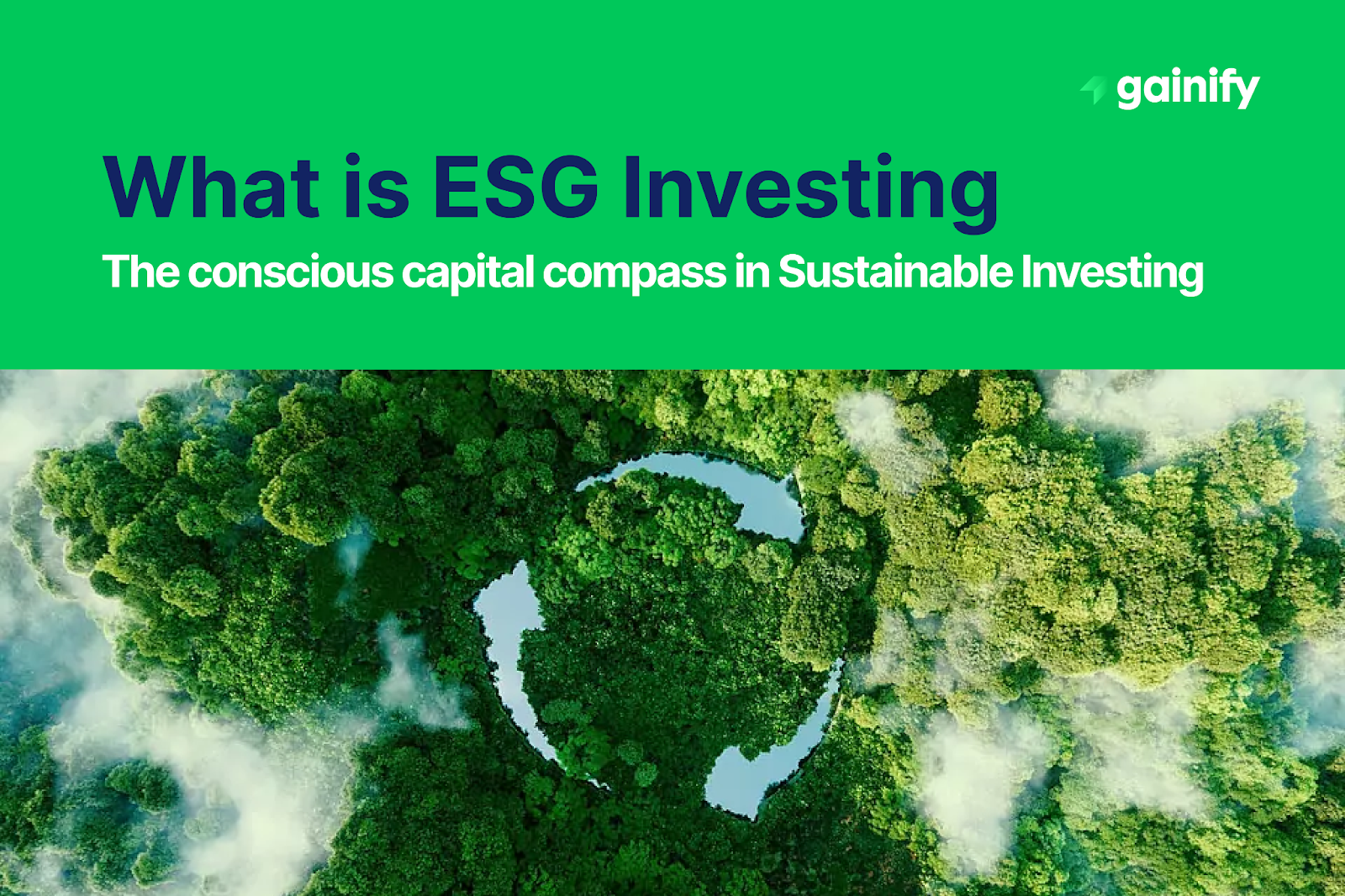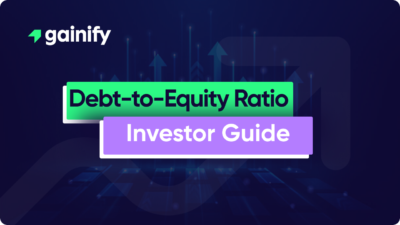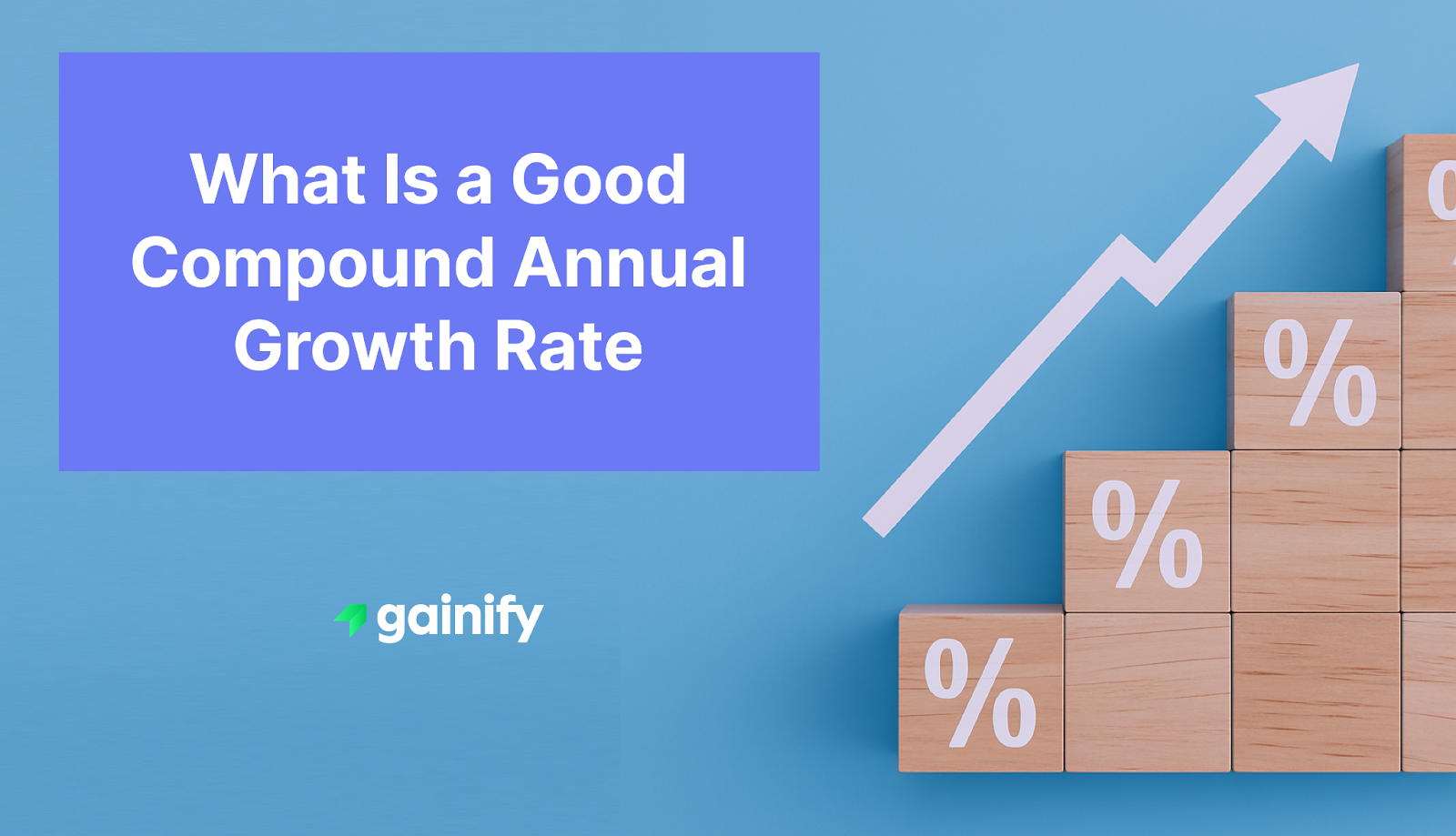The financial world is undergoing a profound transformation. For decades, the singular pursuit of profit dominated investment philosophy. However, a new paradigm began to emerge, one that intertwined financial returns with a deeper sense of purpose. This shift was driven by a growing awareness that businesses operate within a complex ecosystem, and their impact extends far beyond the bottom line. It ushered in the era of conscious capital, where investors increasingly sought alignment between their values and their financial portfolios.
Yet, the journey of this new paradigm has not been a straight line. Recently, influenced by geopolitical movements and significant political shifts such as a new presidential administration potentially prioritizing deregulation, the unwavering momentum behind ESG investing has faced notable headwinds. Some investors now feel the focus on environmental, social, and governance factors might be losing a bit of steam, at least in the short term. This is especially true as traditional energy sources regain prominence amidst global conflicts and certain regulations face reconsideration.
Despite these immediate challenges and shifting sentiment, the fundamental drivers of sustainable investing remain deeply embedded. The long-term trend is clear. The need for businesses to address climate change regulations, manage water scarcity, foster gender equality, and maintain robust corporate governance will push these considerations back to the forefront. The inherent risks of ignoring these factors from water pollution impacting marine life and contributing to biodiversity loss, to supply chain disruptions exposed during the COVID-19 pandemic, or the long-term implications of a company’s carbon footprint are simply too significant to overlook.
While headlines may currently focus on market disruption and policy shifts, the underlying reality is that companies with strong ESG criteria are often more resilient and better positioned for long-term success. This is not about sacrificing returns for impact. Rather, it is about recognizing that a deep understanding of Environmental, Social and Governance factors can drive superior long-term returns and contribute positively to building a more sustainable and equitable world. This article will serve as your compass, guiding you through the evolving landscape of ESG and sustainable investing, helping you navigate its nuances and understand why it will inevitably return to center stage for building a robust investment portfolio.
What is ESG Investing: Understanding the Core Pillars
Here’s that section of the article, rewritten for easier readability using bullet points and simpler sentences, while retaining all the specified keywords:
What is ESG Investing: Understanding the Core Pillars
Here’s the critically adjusted and optimized version of that section, focusing on consistency and ease of reading through improved bullet point structure:
What is ESG Investing: Understanding the Core Pillars
ESG investing, an acronym for Environmental, Social, and Governance, serves as a framework for evaluating companies. It systematically assesses their performance across three vital dimensions that can significantly influence long-term value. These non-financial factors are broadly known as ESG criteria.
The Environmental (E) Pillar: This pillar focuses on a company’s stewardship of the natural world. It involves examining:
- Carbon footprint: Measuring and reducing greenhouse gas emissions.
- Resource management: Responsible water use, waste management, and preventing resource depletion.
- Pollution control: Efforts to minimize water pollution and protect marine life.
- Ecosystem impact: Protecting biodiversity and mitigating biodiversity loss.
- Sustainable innovation: Investment in clean technology, green energy, and green energy initiatives.
- Climate resilience: Proactive adaptation to and compliance with climate change regulations.
Companies demonstrating strong environmental performance often show operational efficiency, a commitment to innovation, and a forward-looking approach to ecological challenges.
The Social (S) Pillar: This pillar evaluates a company’s relationships with its people and communities. Key considerations include:
- Labor practices: Fair hiring and labor practices, workplace safety, and fostering high employee engagement.
- Human rights: Ensuring ethical supply chains and upholding human rights standards, often reflected in a Modern Slavery Statement.
- Customer well-being: Prioritizing customer satisfaction, data protection, and product safety.
- Community impact: Active participation and positive contributions through corporate social responsibility initiatives.
- Diversity and inclusion: Promoting gender equality and implementing robust diversity and inclusion policies.
- Social change: Contributing positively to broader social change through business operations and advocacy.
Companies that excel in these social aspects tend to build strong reputations, enhance employee loyalty, and effectively mitigate social risks.
The Governance (G) Pillar: This pillar delves into a company’s leadership, internal controls, and shareholder rights. It encompasses:
- Leadership structure: The independence and Board composition of the board of directors.
- Executive oversight: Responsible executive compensation practices.
- Ethical conduct: Adherence to strong business ethics and clear corporate policies.
- Transparency: Openness in financial reporting and operations.
- Accountability: Robust audit committee structures and responsiveness to shareholder engagement.
Strong governance is crucial for ensuring accountability, reducing the likelihood of corporate scandals, and fostering long-term value creation for all stakeholders.
Sustainable Investing: A Broader, More Intentional Approach
While ESG investing provides a valuable framework for risk and opportunity assessment, sustainable investing takes a broader, more values-driven approach. It is an overarching philosophy that seeks to achieve both financial returns and positive social and environmental impact. Sustainable investing often aligns with global frameworks such as the United Nations’ Principles for Responsible Investments (PRI) and the Sustainable Development Goals (SDGs), guiding asset owners and asset management firms alike. Sustainable investors actively seek out companies and assets that contribute to a more sustainable future, often aligning their investments with specific themes or global challenges.
Sustainable investing encompasses a range of strategies, including:
- Impact investing: This involves making investments with the explicit intention to generate measurable social and environmental impact alongside a financial return. Examples include investments in affordable housing, renewable resources projects, or companies providing clean water solutions in underserved communities. While related, the “blue economy” refers specifically to the sustainable use of ocean resources.
- Thematic investing: This strategy focuses on investing in companies that stand to benefit from long-term trends related to sustainability, such as clean energy, sustainable agriculture, or water infrastructure. Funds like Fidelity Climate Action Fund and Fidelity Water Sustainability Fund are examples of thematic ESG funds.
- Shareholder engagement: Sustainable investors, often organized through initiatives like Climate Action 100+, may actively engage with companies to encourage more responsible practices through proxy voting and direct dialogue, influencing their carbon output and overall sustainability performance.
- ESG integration: This involves systematically considering ESG factors alongside traditional financial analysis in the investment decision-making process to improve risk-adjusted returns. This often involves analyzing a company’s ESG score or ESG ratings system. It is important to note that ESG scores and rankings vary significantly across different providers (for example, MSCI versus Sustainalytics) and are not yet fully standardized across the industry.
- Negative/Exclusionary Screening: This investment approach involves excluding certain sectors or companies from an investment portfolio based on specific ESG criteria deemed undesirable. This is often the starting point for Socially Responsible Investing.
- Positive/Best-in-Class Screening: This approach involves selecting companies with strong ESG performance relative to their industry peers.
The key distinction is that while ESG considers how environmental, social, and governance factors might affect a company’s financial performance, sustainable investing goes a step further by actively seeking investments that contribute to a better world, often with a more direct and intentional focus on positive outcomes. It is about investing in sustainability, not just analyzing it. Organizations like the Global Reporting Initiative (GRI) provide frameworks for companies to publish sustainability reports, offering crucial data for ESG integration. The Sustainability Accounting Standards Board (SASB) also provided important standards, which are now governed by the International Sustainability Standards Board (ISSB), created by the IFRS Foundation as of 2022. The Task Force on Climate-related Financial Disclosures (TCFD) also plays a vital role in standardizing climate-related financial disclosures.
What is Not Sustainable Investing: Common Misconceptions and Examples
Understanding what sustainable investing is also requires clarity on what it is not. Not every investment that appears “green” or “socially responsible” necessarily aligns with the core tenets of sustainable investing. Misconceptions can lead to unintentional investments in areas that do not truly contribute to a more sustainable future.
One common area that often does not align with true sustainable investing is purely financially motivated investments in industries with significant negative external impacts, even if they have some minor ESG initiatives. For example, a fossil fuel company might claim to have a strong diversity program or good corporate governance. While these are positive aspects, if their core business continues to contribute significantly to climate change, investing in them without a clear, measurable path to transitioning to sustainable operations would not align with the spirit of sustainable investing. The focus in sustainable investing is on the fundamental impact of the business model.
Another example involves “greenwashing”, where companies market themselves as environmentally friendly without substantive changes to their practices. An apparel company, for instance, might release a “recycled” clothing line while its main production processes remain highly polluting and exploitative of labor. Investing in such a company, based solely on its marketing claims, would not be a truly sustainable investment because the core issues are not being addressed. The SEC Enforcement Task Force is increasingly scrutinizing such claims in investment pitches.
Furthermore, speculative investments in unproven “green” technologies without thorough due diligence on their actual environmental benefit or scalability might not be sustainable. While innovation is crucial, an investment purely based on hype, without robust analysis of the technology’s real-world impact and financial viability, carries significant risk and may not genuinely advance sustainable goals.
Lastly, investments in companies that are merely compliant with minimum environmental or social regulations, without actively striving for improvement or innovation, often fall short of sustainable investing principles. Sustainable investing seeks to support leaders and innovators who are actively working to solve environmental and social challenges, not just those meeting basic legal requirements.
Certain sectors and companies are frequently identified as not aligning with sustainable investing principles due to their inherent business models or significant negative impacts. These are often subject to “exclusionary screening” by sustainable investors.
Sectors not typically part of sustainable investing (and illustrative stock examples):
- Fossil Fuels: Companies primarily involved in the exploration, extraction, processing, or burning of fossil fuels are often excluded due to their significant contribution to greenhouse gas emissions and climate change. The oil and gas industry, in particular, faces increasing scrutiny. Think of major integrated oil companies like ExxonMobil or Chevron, whose core operations involve extensive fossil fuel production. This aligns with the broader movement of Fossil fuel divestment.
- Tobacco: The tobacco industry is almost universally excluded by sustainable and ethical investors due to the profound negative health impacts of its products. Companies like Philip Morris International or Altria Group fall into this category.
- Controversial Weapons and Firearms: Companies involved in the manufacture or sale of controversial weapons, firearms, or certain defense systems are frequently screened out due to their association with conflict and harm. This includes aerospace and defense giants like Lockheed Martin or Northrop Grumman.
- Gambling: Some sustainable investors, especially those with a strong ethical or faith-based focus, exclude companies involved in gambling due to concerns about addiction and social welfare. Examples include casino operators like Las Vegas Sands or MGM Resorts International.
- Adult Entertainment: Businesses primarily involved in the production or distribution of pornography are consistently excluded based on ethical and social considerations. While many in this niche are privately held, any publicly traded companies that are primarily service providers to this sector could also be excluded.
- Companies with Egregious Human Rights or Labor Violations: Beyond specific sectors, individual companies with documented histories of severe human rights abuses, child labor, or exploitative labor practices are typically excluded, regardless of their industry. This applies to companies that have faced significant, unresolved controversies regarding their supply chain practices or worker treatment.
- Companies with Severe Environmental Pollution Records: Beyond fossil fuels, companies in any sector that have a persistent and unaddressed history of major environmental pollution, large-scale deforestation, or significant biodiversity loss would not be considered sustainable investments. This could include certain heavy manufacturing or mining operations that have faced significant environmental disaster penalties, especially those whose practices contradict the goals of international agreements like the Kyoto Protocol or the principles of the United Nations Global Compact.
It is important to remember that exclusionary criteria can vary significantly among different sustainable funds and investors, reflecting diverse values and interpretations of sustainability. Some strategies may apply stricter thresholds, while others might use a “best-in-class” approach, investing in the most sustainable companies within a less sustainable sector. However, this “best-in-class” approach within inherently unsustainable sectors is generally less common for pure sustainable investing strategies that seek fundamental positive impact.
Leading Examples of Sustainable Investment Approaches
The landscape of ESG funds and other sustainable investment approaches is continually expanding, offering various ways to align your investment portfolio with your values.
- Broad ESG Funds: Funds like the FTSE Social Index Fund apply negative/exclusionary screening based on a range of social and environmental criteria, aiming to reflect broader market performance while adhering to ethical guidelines.
- Thematic Funds: These funds focus on specific sustainability themes. For example, Fidelity Climate Action Fund targets companies actively working to mitigate climate change. The Fidelity Water Sustainability Fund invests in companies addressing water scarcity and water use solutions. The Fidelity Environmental Bond Fund focuses on debt securities from issuers contributing to environmental solutions. Investing in water stocks is a growing area within this theme.
- Impact Funds: Funds like the Baillie Gifford Global Positive Impact Stock Fund go beyond traditional ESG screening to actively seek companies whose products and services deliver measurable positive social and environmental outcomes. This fund aims for both capital appreciation and positive change, often through stock purchases in eco-friendly companies and those developing high-tech devices for sustainability.
- Socially Focused Funds: The Fidelity Healthy Future Fund aims to invest in companies that enhance health and wellness, while the Fidelity Women’s Leadership Fund focuses on companies prioritizing and advancing women’s leadership and development. These funds exemplify a strong focus on social criteria within the broader Socially Responsible Investing movement.
The availability of information through resources like the EDGAR database (for public company filings) and various ESG ratings system providers enables investors to conduct thorough due diligence. The growth of green patents also indicates a positive trend in innovation towards sustainability.
Conclusion: Investing for a Purposeful Future
The journey into conscious capital, encompassing both what is ESG investing and sustainable investing, is more than a financial trend; it represents a fundamental shift in how we perceive and pursue prosperity. It is about recognizing that true wealth extends beyond monetary gains to include the health of our planet, the well-being of our communities, and the integrity of our institutions. As we navigate an increasingly complex world, the ability to align our financial decisions with our deeply held values becomes not just an option, but a powerful imperative.
Key Takeaways:
- ESG investing provides a framework for evaluating companies based on their environmental, social, and governance performance, identifying non-financial risks and opportunities that impact long-term value.
- Sustainable investing is a broader, values-driven philosophy aimed at achieving both financial returns and positive social and environmental impact, often aligning with global frameworks like the UN SDGs.
- Not all investments labeled “green” or “socially responsible” truly align with sustainable investing principles; careful due diligence is essential, especially avoiding sectors with inherent negative impacts like fossil fuels or tobacco.
- Companies with strong ESG practices often demonstrate greater resilience, innovation, and long-term value creation, showing that impact can drive superior financial returns.
- While challenges like inconsistent ESG ratings and greenwashing exist, diligent research, adherence to reputable reporting frameworks, and reliance on credible data can help investors make informed decisions.
- Ultimately, investing consciously empowers us to build portfolios that are both financially robust and contribute positively to a more sustainable future, reflecting a growing demand for purpose beyond profit.
The choice is clear: invest with intention, invest for a purposeful future.
Frequently Asked Questions About Conscious Capital
Q: Is ESG investing the same as ethical investing? A: While there is overlap, they are not precisely the same. Ethical investing typically involves screening out companies involved in activities deemed unethical, such as tobacco, firearms, or gambling. ESG investing, on the other hand, evaluates companies based on their performance across environmental, social, and governance factors, seeking to identify companies with strong management practices that contribute to long-term value creation. ESG can be part of an ethical investment strategy, but ESG itself is a framework for assessing risk and opportunity.
Q: Can ESG investing still generate competitive returns?
A: Yes, numerous studies and growing evidence suggest that companies with strong ESG performance can outperform their peers over the long term. This is because strong ESG practices often correlate with better risk management, operational efficiency, innovation, and stronger brand reputation, all of which contribute to financial resilience and growth. The long-term nature of these returns often benefits from compound interest.
Q: How do I find ESG or sustainable investment opportunities?
A: Many financial institutions now offer a variety of ESG funds and sustainable investment products, including mutual funds, exchange-traded-funds ETFs, and separately managed accounts. Financial advisors specializing in sustainable investing can also help tailor portfolios to your specific values and financial goals, using financial planning tools. Researching ESG ratings system from independent providers can also be a valuable starting point.
Q: Is “greenwashing” a significant concern in ESG investing?
A: While the risk of “greenwashing” exists, where companies exaggerate their environmental or social credentials, increased scrutiny, improved disclosure requirements, and sophisticated analytical tools are making it more challenging for companies to mislead investors. Diligent research and reliance on reputable ESG data providers can help mitigate this risk. The SEC Enforcement Task Force is also specifically targeting greenwashing in investment pitches.
Q: What frameworks guide corporate sustainability reporting?
A: Companies use several key frameworks for their sustainability reports. The Global Reporting Initiative (GRI) offers broad guidance. The Sustainability Accounting Standards Board (SASB), now under the International Sustainability Standards Board (ISSB), focuses on financially relevant information for specific industries. The Task Force on Climate-related Financial Disclosures (TCFD) provides recommendations for climate disclosures. Finally, the United Nations Global Compact outlines universal principles for businesses on human rights, labor, environment, and anti-corruption.
Q: How do regulations influence sustainable investing? A: Regulations play an increasingly significant role. For example, the UK Pensions Act includes provisions related to responsible investment. Globally, climate change regulations are driving companies to adapt, creating both risks and opportunities for investors. The Coalition for Environmentally Responsible Economies (CERES) and the Net Zero Asset Managers initiative are also influencing corporate behavior and investor expectations.




